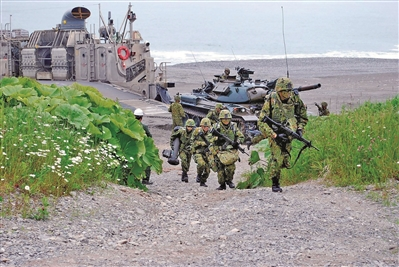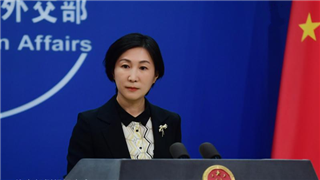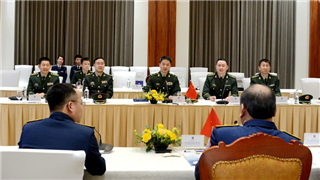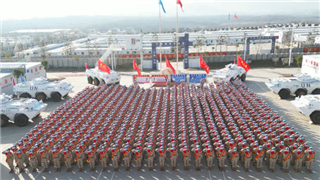By Shi Wen

Japanese Prime Minister Fumio Kishida, Finance Minister Shunichi Suzuki, and Defense Minister Yasukazu Hamada held discussions on defense spending on December 5 and decided to increase the five-year defense budget to 43 trillion yen (about 318 billion US dollars) starting from 2023, reported Japanese media, saying the sharp increase in defense budget heralds a major turnaround in the country's security policy.
Several parliamentary members of the Liberal Democratic Party (LDP), the ruling party of Japan, have recently called for increasing defense expenditure on multiple occasions, and demanded writing clearly in the National Security Strategy the plan to double the defense budget in the next five to ten years, which means boosting the defense budget's ratio in GDP from less than 1% to 2%. Fumio Kishida said the increase will fundamentally consolidate Japan's defense capability in the next five years, while Yasukazu Hamada echoed that doubling the budget is a logical consideration based on the need to update equipment, build cyber and space forces, and carry out training and facility maintenance.
But regardless of these sounding excuses, it is generally believed that the main purpose of the move is to fund the development of a diversified military force a "normal country" is entitled to, and use that as a breakthrough to break away from the pacifist constitution through military expansion.
Japanese Defense Ministry has specified the direction of its military expansion and key areas of spending for the next five years – the incremental budget will mainly be used to develop combat forces in emerging domains, such as cyber warfare and space forces. A senior official from the Japan Self-Defense Forces (JSDF) said Japan's cyber warfare force will expand from less than 1,000 people to about 5,000 in that period, with its budget bloating to eight times the current amount.
Other than that, the ability to fend against attacks from outside the region, all-round air defense and anti-missile capabilities, unmanned combat, multi-domain coordination, command, control and communication capability, and support for fast maneuverability are also designated as key areas. Foreign media commented that this will subvert Japan's previous defensive combat philosophy focused on "self-defense" and contravene Article 9 of the pacifist constitution – not sustaining any military force and never waging a war.
Japan made arrangements for the doubled defense budget in its Medium Term Defense Program by proposing the development and deployment of 1,000 long-range missiles based on the current shore-to-ship missiles, building two new Aegis ships and a 10,000-ton-class Aegis maritime platform, and revamping two Izumo-class helicopter carriers to reinforce its combat capability.
While Japan's right-wingers are trying to sell the idea in the name of "military needs" and "security threats", the sluggish economy gives the Japanese public enough reason to voice their strong objection. The suggestion by an expert panel of the Japanese government that all the Japanese shall bear the defense spending together by paying more taxes or in other ways has triggered a public outcry.
Besides, while the LDP supports the doubling, other parties in the coalition government don't think the same. Komeito members suggested diplomatic consultations first, citing worries that the soaring defense expenditure may cause suspicions in surrounding countries and cannot ensure Japan's absolute security, while the Constitutional Democratic Party of Japan – an opposition party – expressly rejected the idea as leading Japan down the old path of militarism.











